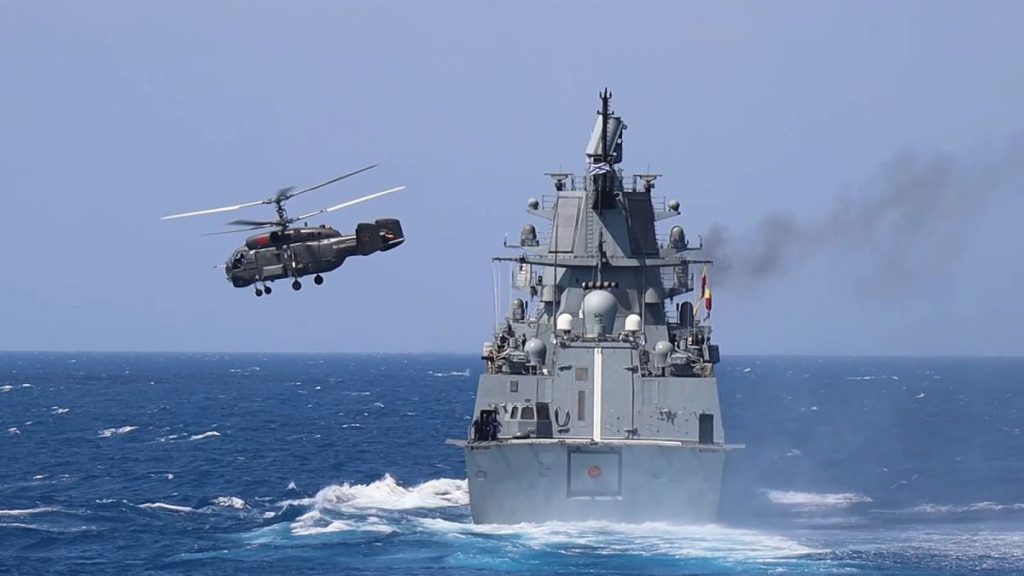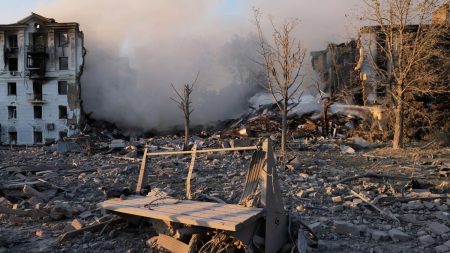The Uncertain Fate of Russia’s Syrian Bases
The dramatic overthrow of Syrian President Bashar al-Assad, a long-standing ally of the Kremlin, has cast a shadow of uncertainty over the future of Russia’s crucial military bases in Syria. These bases, namely the Tartus naval facility and the Khmeimim airbase, represent strategically significant outposts for Russia, providing access to the Mediterranean and serving as logistical hubs for regional operations. The Tartus base, in particular, holds immense importance as Russia’s sole direct gateway to the Mediterranean, enabling naval exercises, warship deployments, and even the potential hosting of nuclear submarines. The rapid collapse of Assad’s regime, however, has created a complex and volatile situation, raising questions about the security and continued presence of these Russian installations. Competing narratives from various sources further complicate the picture, leaving the fate of the bases hanging in the balance.
Conflicting Reports and Claims of Withdrawal
Amidst the unfolding events in Syria, conflicting reports have emerged regarding Russia’s military presence at its bases. While Russia’s official stance maintains a commitment to its Syrian presence, other sources, including Ukrainian intelligence and open-source analysts, suggest a possible withdrawal of troops, equipment, and naval vessels. Ukrainian military intelligence claims that Russia is actively evacuating its remaining personnel and assets from both the Tartus and Khmeimim bases, using military transport aircraft for the operation. Satellite imagery analysis appears to corroborate this claim, showing the departure of several Russian warships from the Tartus port and their subsequent anchoring at a distance from the coast. These reports contrast with statements from Russian officials, including Foreign Minister Sergei Lavrov, who assert that Russian warships will remain at the Tartus base. The discrepancies in information highlight the fog of war and the challenges in verifying claims during periods of rapid change and instability.
Implications of a Potential Russian Retreat
A forced withdrawal of Russia from its Syrian bases would represent a significant setback for Moscow, impacting its geopolitical standing and military capabilities in the region. These bases are crucial for projecting Russian power and influence, particularly in Africa, where Russia has increasing military and economic interests. The loss of these logistical hubs would disrupt resupply efforts, troop rotations, and overall operations in countries like Libya and across sub-Saharan Africa. Moreover, the swift downfall of Assad’s regime, partly attributed to Russia’s diverted focus on the war in Ukraine, has already dealt a blow to Russia’s ambitions in the Middle East. The unexpected speed of the rebel advance on Damascus underscores the vulnerability of regimes reliant on external support and the potential consequences of shifting geopolitical priorities.
Russia’s Strategic Calculations and Engagement with Rebels
Despite the uncertainty surrounding the bases, reports from Russian state media indicate that the Kremlin is seeking to engage with the new power structure in Syria following Assad’s ousting. The aim is to negotiate the continued security of Russia’s military presence, even amidst the transition of power. This pragmatic approach suggests that Russia recognizes the strategic importance of maintaining a foothold in the region, even without its long-standing ally at the helm. The success of such negotiations will depend on the willingness of the new Syrian leadership to accommodate Russia’s interests and the broader regional dynamics that shape the future of Syria.
The Broader Geopolitical Context and Future of Syria
The evolving situation in Syria has far-reaching implications for the regional balance of power and the broader geopolitical landscape. Russia’s actions will be closely watched as it navigates the complex transition of power and seeks to preserve its interests in the face of uncertainty. The outcome of negotiations with the new Syrian leadership, the future of the Russian military bases, and the overall stability of Syria will significantly impact the dynamics of the Middle East and beyond. The rapid and unexpected nature of these events underscores the volatile and unpredictable nature of geopolitical developments, and the challenges faced by global powers in adapting to rapidly changing circumstances.
Verifying Information and Navigating Uncertainty
In the midst of conflicting reports and rapidly unfolding events, the challenge remains to verify information and assess the true nature of the situation on the ground. The claims and counterclaims from various sources, including Ukrainian intelligence, Russian officials, open-source analysts, and state media, highlight the complexity of navigating the information landscape during times of conflict and instability. Independent verification and careful analysis are crucial for understanding the evolving dynamics and the implications for regional stability and global power dynamics. The situation in Syria remains fluid, and the future of Russia’s military bases, as well as the broader trajectory of the country, will continue to be shaped by the evolving political, military, and diplomatic landscape.














